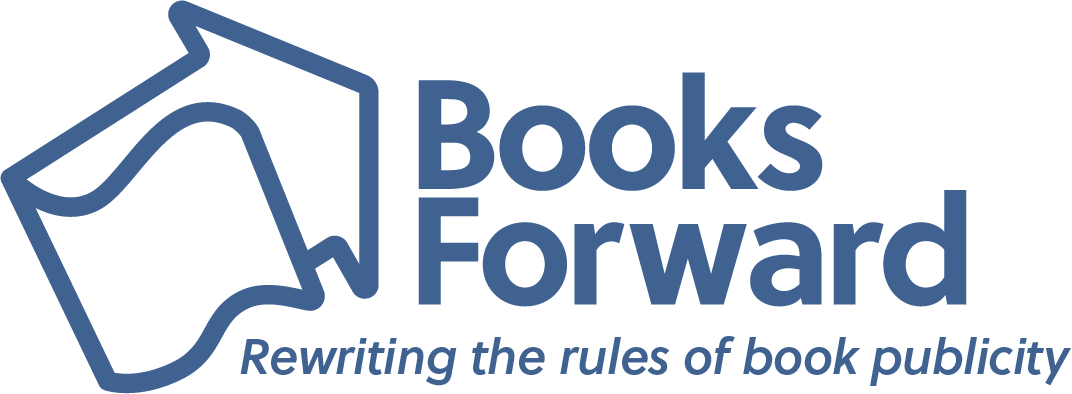Have you ever watched an interview on television and couldn’t help but feel that something was drawing your attention away from the person’s message? Perhaps it was what they were wearing.
People shouldn’t make judgments based on your appearance, but some will, even subconsciously. Certain colors, patterns and types of clothing can create unintentional distractions on camera when they would typically go unnoticed in everyday situations.
While there are always exceptions to every rule, here are a few tips to keep in mind for your next television interview:
Don’t wear white, black, red or green. Cameras are sensitive, and these colors can be harsh on screen. While white tends to glow, black will absorb light, and bright red hues can be distracting. Green also interferes with digital backgrounds. Solid blue and pastel tones are generally a safe bet.
On that note, stay away from patterns, including stripes, plaid and small designs. Again, cameras pick up everything, and some designs can create visual interference.
The general rule for attire is business casual. Avoid wearing short skirts, dresses, shorts or other revealing clothing. It’s also a good idea to look online for recent interview clips to get an idea of the set and see what other guests have worn in the past.
Before an interview, remove any jewelry that moves, makes noise or could hit your microphone. This includes dangly earrings, bangle bracelets and long or bulky necklaces.
Avoid brand name logos and words on your clothing. You want viewers to hear what you are saying, not your T-shirt.

Angelle joined the Books Forward team in 2014, and her experience and dedication has led to her being named our lead publicist. Her distinct pitching style and effective research has secured media coverage for our authors and their books in Vanity Fair, Buzzfeed, The Associated Press, The New York Times and USA Today, as well as countless regional media outlets.
Our authors love Angelle’s meticulous attention to detail and unwavering commitment to their vision and their books. Other publicists frequently spend time learning from her — how to ask probing questions, find the right person to contact and craft a successful pitch.
She began her professional career at news outlets across the country before surrendering to her love of books. An award-winning journalist whose own work has appeared in local and national publications, including NPR, she is tenacious in finding the right angles to utilize for each campaign and connecting with the right reporter for the job.
Angelle can usually be found at a concert, working on Mardi Gras costumes or taking photos of random cats that she meets wandering around New Orleans.

